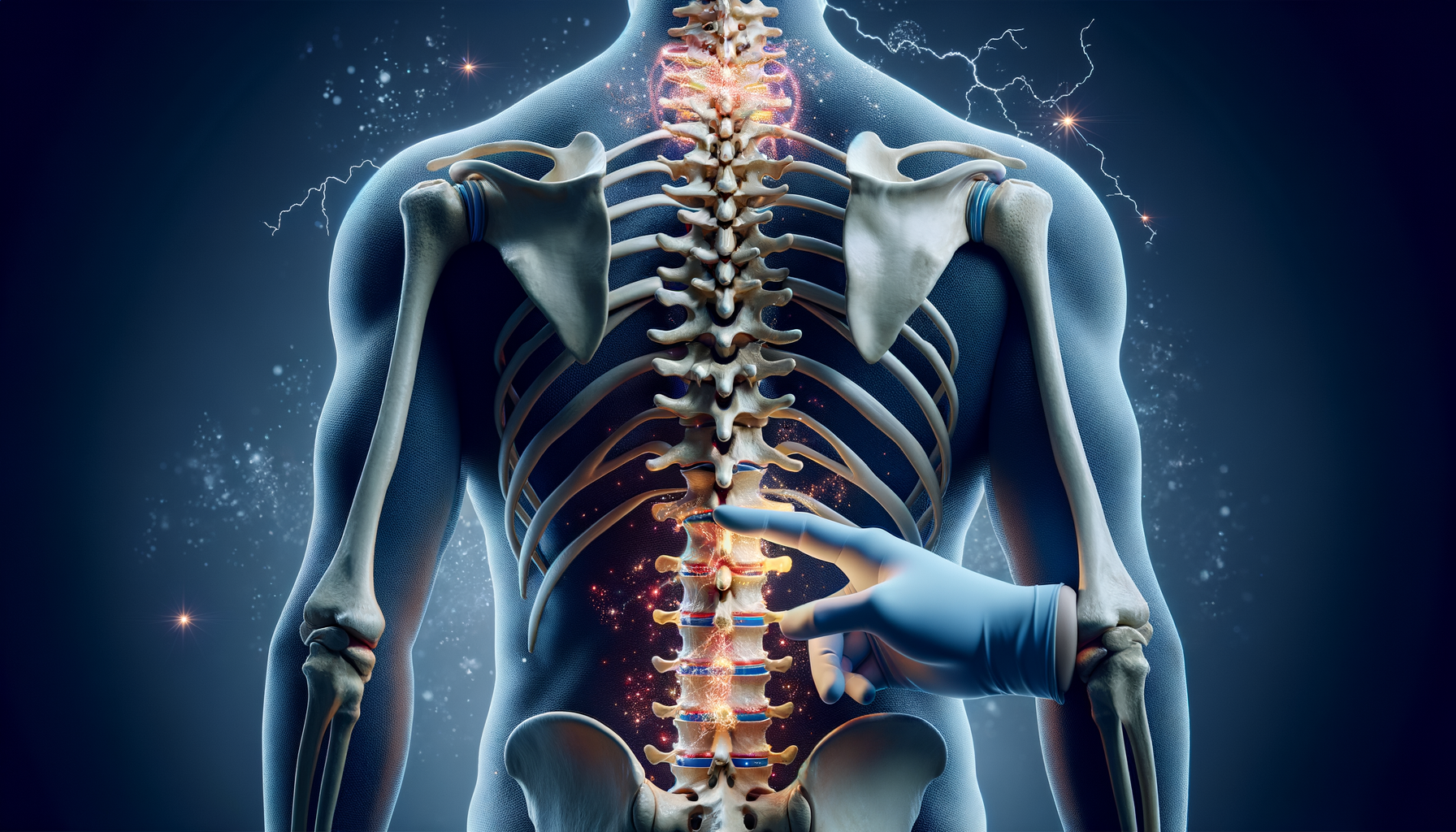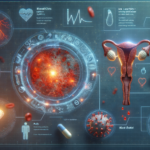Understanding Spinal Stenosis: An Overview
Spinal stenosis is a condition characterized by the narrowing of spaces within your spine, which can put pressure on the nerves that travel through the spine. This condition can affect different regions of the spine, including the cervical (neck) and lumbar (lower back) areas. The narrowing often leads to symptoms such as pain, numbness, and tingling sensations, primarily in the neck, back, and legs. Recognizing these symptoms early is crucial for managing the condition effectively.
Common causes of spinal stenosis include age-related changes, such as osteoarthritis, which can lead to the formation of bone spurs. Other factors include herniated discs, thickened ligaments, and spinal injuries. Understanding the underlying causes can help in devising appropriate treatment strategies.
Spinal stenosis is often diagnosed in individuals over the age of 50, but younger people can also be affected, particularly if they have a spinal injury or a genetic disease affecting bone and muscle development.
Recognizing Spinal Stenosis Symptoms
The symptoms of spinal stenosis can vary depending on the location and severity of the narrowing in the spine. Some of the most common symptoms include:
- Back pain that may radiate down the legs
- Numbness or tingling in the hands, arms, feet, or legs
- Weakness in the extremities
- Difficulty walking or maintaining balance
In the neck, spinal stenosis can lead to symptoms such as neck pain and numbness in the arms and hands. These symptoms can be particularly concerning as they might interfere with daily activities and reduce quality of life. It’s important to note that symptoms can develop gradually over time, making early detection challenging.
Individuals experiencing these symptoms should seek medical advice to determine the cause and explore potential treatment options. Early intervention can help manage symptoms and improve outcomes.
How to Know If You Have Spinal Stenosis
Diagnosing spinal stenosis involves a combination of medical history review, physical examination, and diagnostic imaging. If you suspect spinal stenosis, a healthcare provider will likely ask about your symptoms, their duration, and any factors that exacerbate or relieve them.
During a physical examination, the doctor may check for signs of nerve compression, such as muscle weakness or sensory changes. Imaging tests, such as X-rays, MRI, or CT scans, are often used to confirm the diagnosis and determine the extent of the spinal narrowing.
These diagnostic tools help visualize the structure of the spine and identify any abnormalities. For instance, an MRI can reveal detailed images of soft tissues, including nerves and discs, providing valuable information for diagnosis.
It’s essential to consult a healthcare professional if you experience persistent back or neck pain, numbness, or weakness. Early diagnosis can lead to more effective management of the condition, potentially preventing further complications.
Neck Pain and Numbness: A Focus on Cervical Spinal Stenosis
Cervical spinal stenosis occurs when the spinal canal narrows in the neck region, leading to pressure on the spinal cord and nerves. This can result in symptoms such as neck pain, numbness, and tingling in the arms and hands.
These symptoms can be particularly disruptive, affecting daily activities like writing, typing, or even holding objects. The severity of symptoms can vary, with some individuals experiencing mild discomfort while others may face significant challenges.
In severe cases, cervical spinal stenosis can lead to myelopathy, a condition characterized by spinal cord dysfunction. Symptoms of myelopathy include difficulty with balance and coordination, as well as problems with fine motor skills.
Managing cervical spinal stenosis often involves a combination of non-surgical treatments, such as physical therapy, medications, and lifestyle modifications. In some cases, surgical intervention may be necessary to relieve pressure on the spinal cord and nerves.
Conclusion: Managing Spinal Stenosis for Better Quality of Life
Spinal stenosis is a common condition, particularly among older adults, but it can affect individuals of all ages. Recognizing the symptoms early and seeking medical advice is crucial for effective management. With appropriate treatment, many individuals can manage their symptoms and maintain a good quality of life.
Non-surgical treatments, such as physical therapy and medications, can help alleviate symptoms and improve mobility. In more severe cases, surgical options may be considered to relieve nerve compression and restore function.
Ultimately, understanding spinal stenosis and its symptoms can empower individuals to take proactive steps in managing their condition. Regular check-ups and open communication with healthcare providers are key to navigating this condition successfully.








